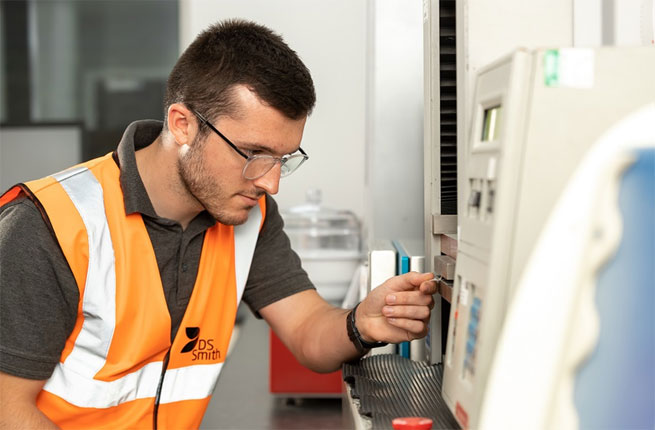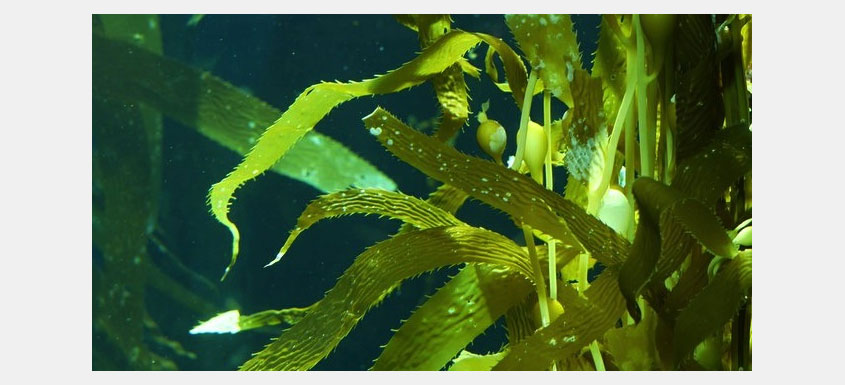At DS Smith, we're exploring how seaweed fibres can be used as a raw material in paper and packaging products amid increasing demand for sustainable goods from customers and consumers alike

In an industry first, the move could see seaweed used across our packaging network as an alternative fibre source to wood. Following initial testing, we're also exploring the potential of seaweed to play a significant role in the purge on plastics by acting as a barrier coating to replace petroleum-based packaging used to protect many foodstuffs.
We're talking to a number of biotechnology companies, to explore the use of seaweed fibres in a range of packaging products such as cartons, paper wraps and cardboard trays.
As a leader in sustainability, our research into alternative raw material and fibre sources has the potential to be a real game changer for our customers and consumers who increasingly want products that are easy to recycle and have a minimal impact on the environment. Seaweed is one of the many alternative natural materials we’re closely looking at, and while most people probably associate it with the beach or as an ingredient in sushi, it could have some exciting applications for us to help create the next generation of sustainable paper and packaging solutions.
— Thomas Ferge, Paper and Board Development Director at DS Smith
Given its wide range of uses, Seaweed in manufacturing is burgeoning market. The European seaweed industry alone is predicted to be worth almost £8billion by 2030, generating some 115,000 jobs1.
The seaweed project is part of our £100m Circular Economy R&D programme announced earlier this year. It’s work on natural fibres also includes other innovative natural materials such as straw, hemp, miscanthus and cotton, as well as from more unusual sources such as the daisy-flowered cup plant and agri-cultural waste like cocoa shells or bagasse - the pulp fibre left over after sugarcane is processed.

The Circular Economy is at the heart of our Now and Next strategy, focusing on closing the loop through better design, protecting natural resources by making the most of every fibre, reducing waste and pollution through circular solutions and equipping people to lead the transition to a circular economy. By 2023, DS Smith will manufacture 100% reusable or recyclable packaging and its aim is that by 2030 all of its packaging will be recycled or reused.
1. Seaweed for Europe: Hidden champion of the ocean report (October 2020)
Source: DS Smith













